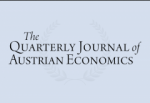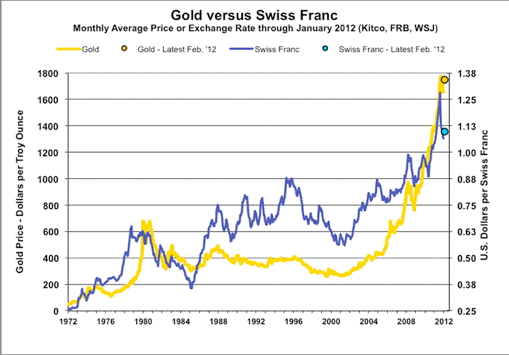The severe losses for the center-right parties in the mid-summer French and British general elections, (i.e., Macron’s center-right coalition partners and Britain’s Tories) together with a shift in the US toward MAGA within the Republican Party, pose a severe and possibly existential challenge to the ideal of sound money. This is despite surveys revealing strong and broad popular anger about the cumulative loss of purchasing power of their money during the pandemic and its aftermath. Moreover, the hypothesis that the ideal of sound money gets a political fillip during and following a serious episode of inflation, is mythological rather than based on research from the laboratory of monetary history. The expectation that there will be responsive changes in monetary regime triggered by
Read More »2024-07-10




































